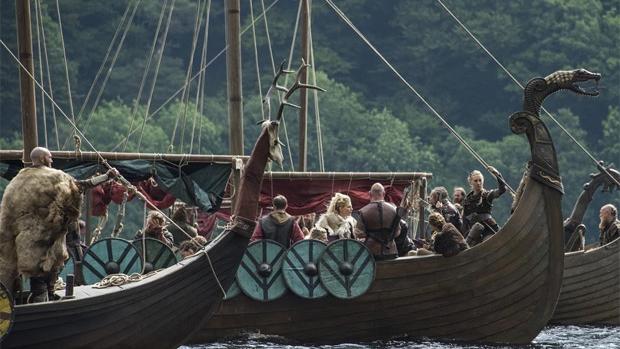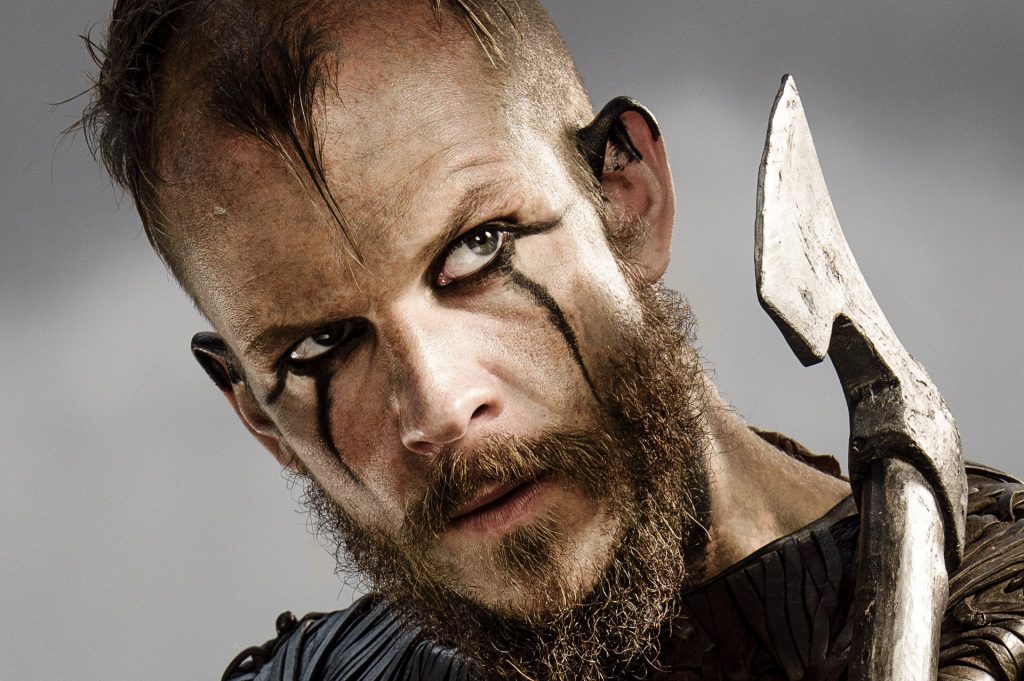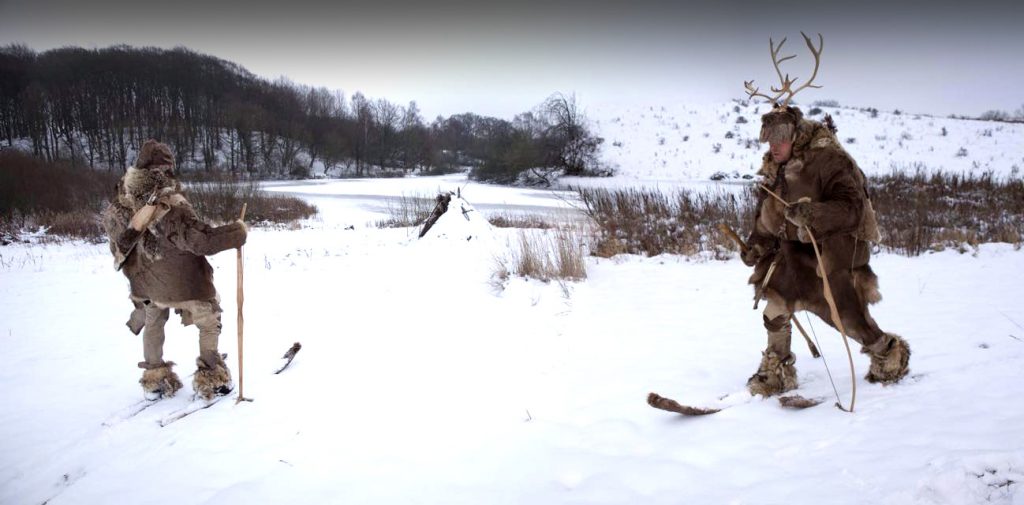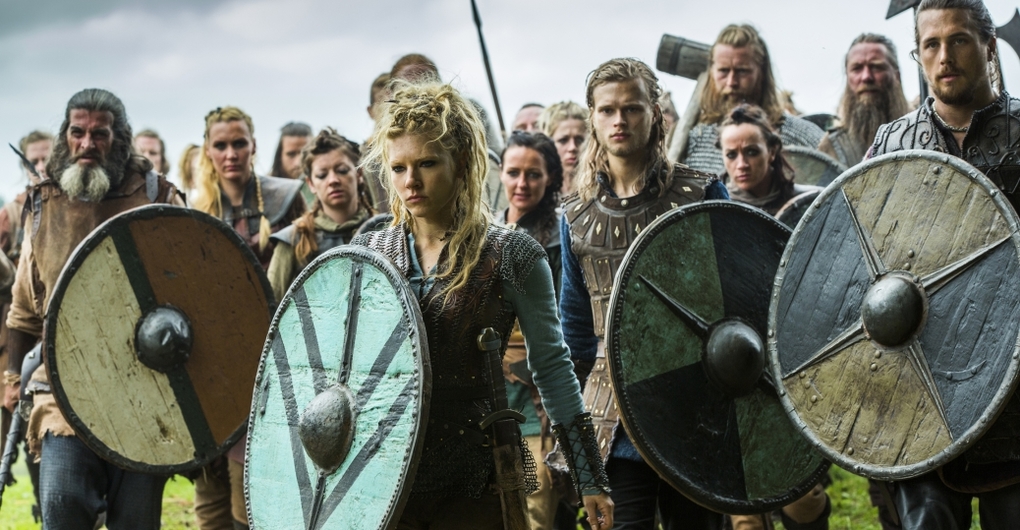
PHOTO: denofgeek.com
We know a lot about Vikings thanks to the number of elaborate burials and historical texts that we’ve uncovered, but over the years, a number of stereotypes have seeped into fiction, and even into textbook illustrations. We generally think of Vikings as crazed, hairy, disorganized raiders, but that couldn’t be farther from the truth. Curious as to who the Vikings actually were? Well, these facts may surprise you.
Vikings Had Excellent Hygiene

PHOTO: pinterest
We always tend to think of Vikings as hairy, stinky, dirty barbarians, but that couldn’t be farther from the truth. Archaeologists have found a wealth of beauty tools at Viking sites, including razors, tweezers, combs, and ear cleaners. Beyond that, Vikings liked to bathe at least once a week, and enjoyed swimming in natural hot springs. They kept their hair well-groomed and trimming beards was all the rage.
Viking Woman Had It Pretty Good…Relatively

PHOTO: tor.com
In many places in Europe, women stayed at home, were married early, had lots of babies, and could easily be mistreated. They had no laws protecting them, and were considered property of their husbands. Viking women were the exception.
While they did get married as young as twelve and were responsible for managing their household while their husbands were off raiding, Viking women enjoyed much more freedom than other European women. They owned and inherited property, could divorce their husbands, and even reclaim their dowries if the divorce went through. They were respected in Norse society, and had a great deal of freedom, and had laws protecting them against unwanted attention ranging all the way from kissing to rape. In Norse stories, or sagas, harming women was considered extremely shameful. In fact, even playful violence against women was unacceptable.
According to some historical texts and Norse mythology, Viking women could even go into battle. This hasn’t been entirely proven by archaeology, but there’s some good evidence that says this was the case.
Vikings Dyed Their Hair

PHOTO: pinterest
Not only did Vikings have excellent hygiene, but they were pretty vain, too. Among northern European cultures, blonde hair was considered extremely attractive, so brunette Viking men would use lye to bleach their hair blonde. In some regions, they even bleached their beards, too.
Records from the Middle East write that Vikings of both genders used kohl, a powder made from crushed antimony, burnt almonds, lead, oxidized copper, ochre, ash, malachite, and chrysocolla to line their eyes. This helped keep the harsh glare from sun on white snow from damaging their eyes. Aside from the obvious practical use, eyeliner was also considered pretty attractive, just like it is today.
Vikings Liked to Ski For Fun

PHOTO: culturenordic.com
[ebaylistings keywords=”viking antiques”]
Skiing has been a popular sport for centuries. Scandinavians invented skis 6,000 years ago. That meant by the time the Vikings were terrorizing the rest of Europe, they were already using skiing as a great way to navigate the frozen landscape and even worshiped their own god of skiing, Ullr. Eventually, it turned into a popular form of recreation and Vikings started to ski for fun.
Viking Warriors Never Wore Horned Helmets

PHOTO: thornews.com
From the sports team’s logo to the common costume you’ll see on Halloween, for some reason, we have Vikings pegged as horned helmet aficionados. The truth is, Vikings never wore horned helmets. We’ve uncovered real helmets worn by Vikings and they’re completely horn-free. So, where did we get this misconception? Probably from descriptions of northern Europeans penned by ancient Greek and Roman historians. Ancient Germanic priests wore horned helmets during rituals and ceremonies.
Vikings Weren’t, Well,Vikings

PHOTO: seattletimes.com
Vikings were never part of a unified group, and wouldn’t recognize other Vikings. In fact, the term “Viking” was only given to them recently in the last few centuries. During their time, they went by many names. The Germans called them the “ashmen”, after their ash wood boats. The Celts called them the “Lake People”, and the Anglo-Saxons called them the “Dene”. In the Eastern half of the world, they were known as the “Rus”, and in Western Europe, they were merely called the “Northmen”.

